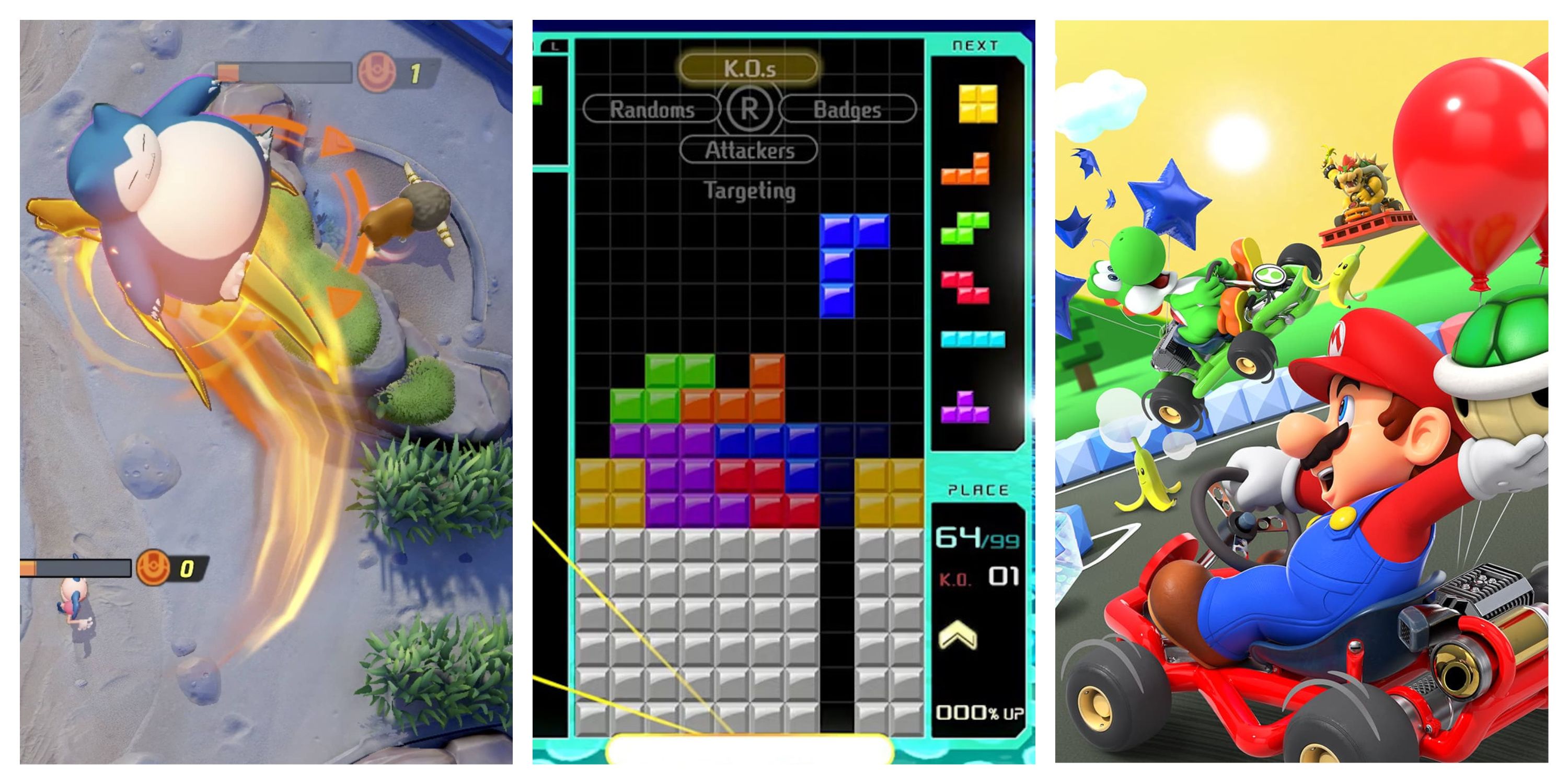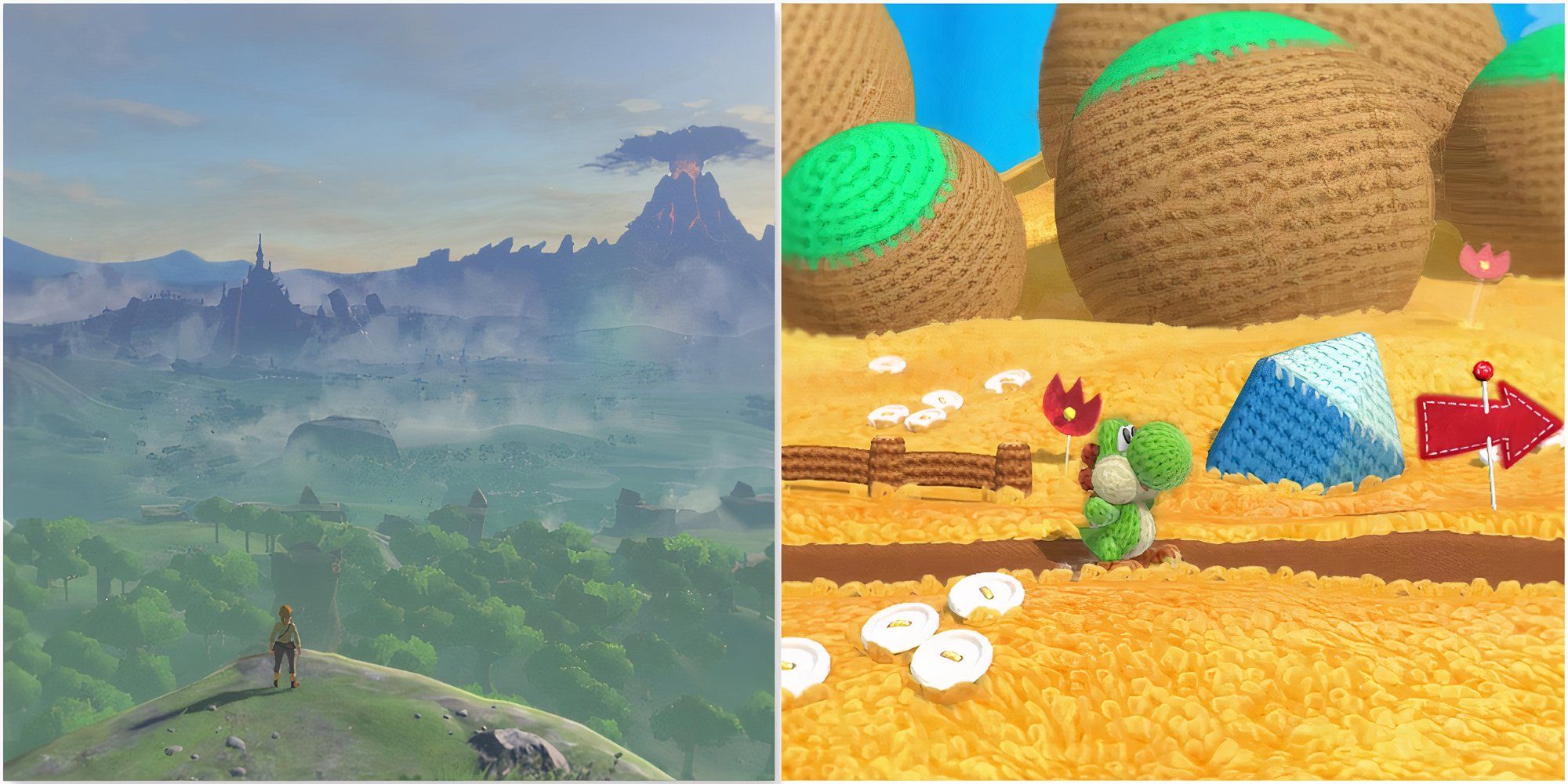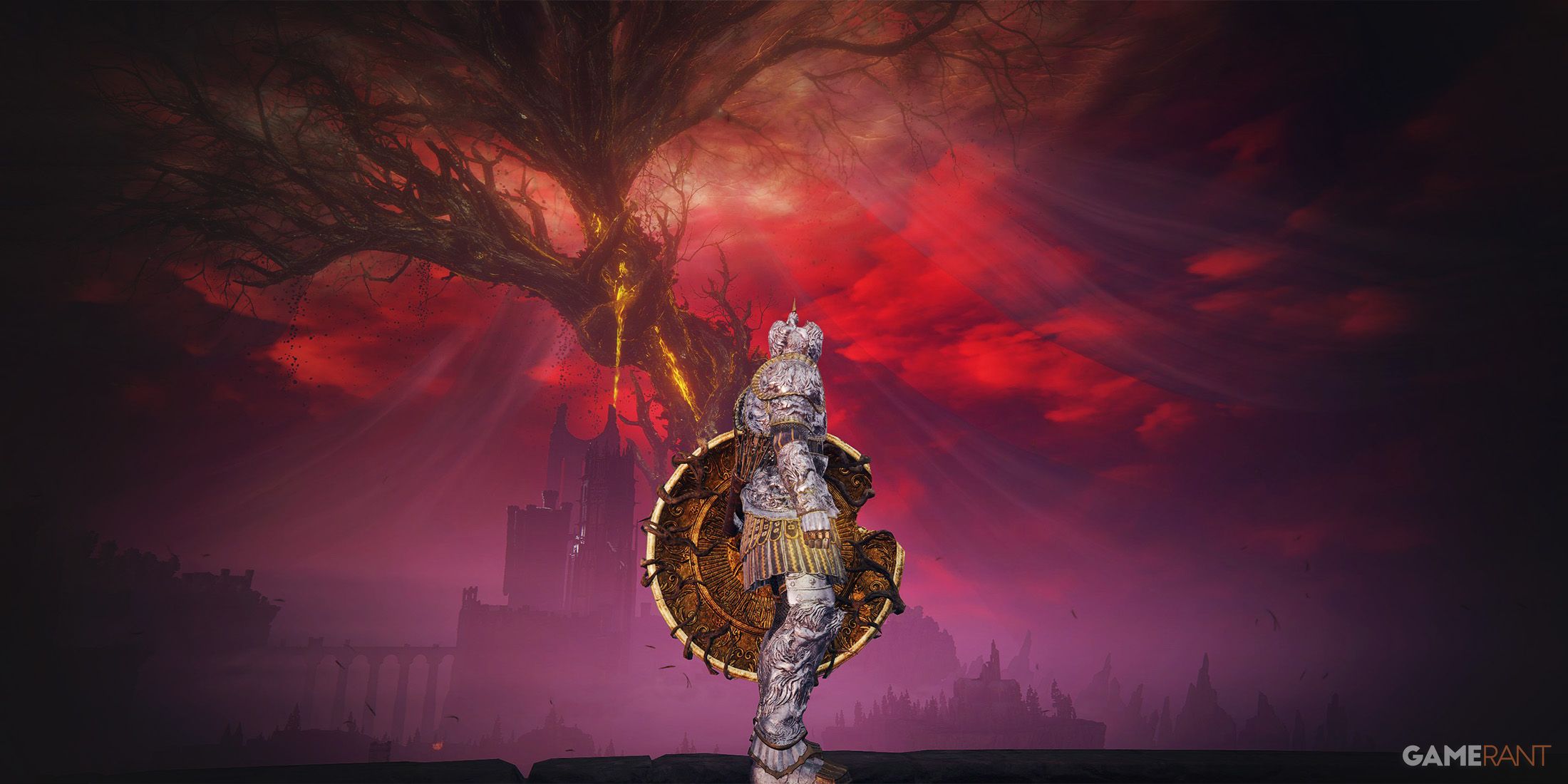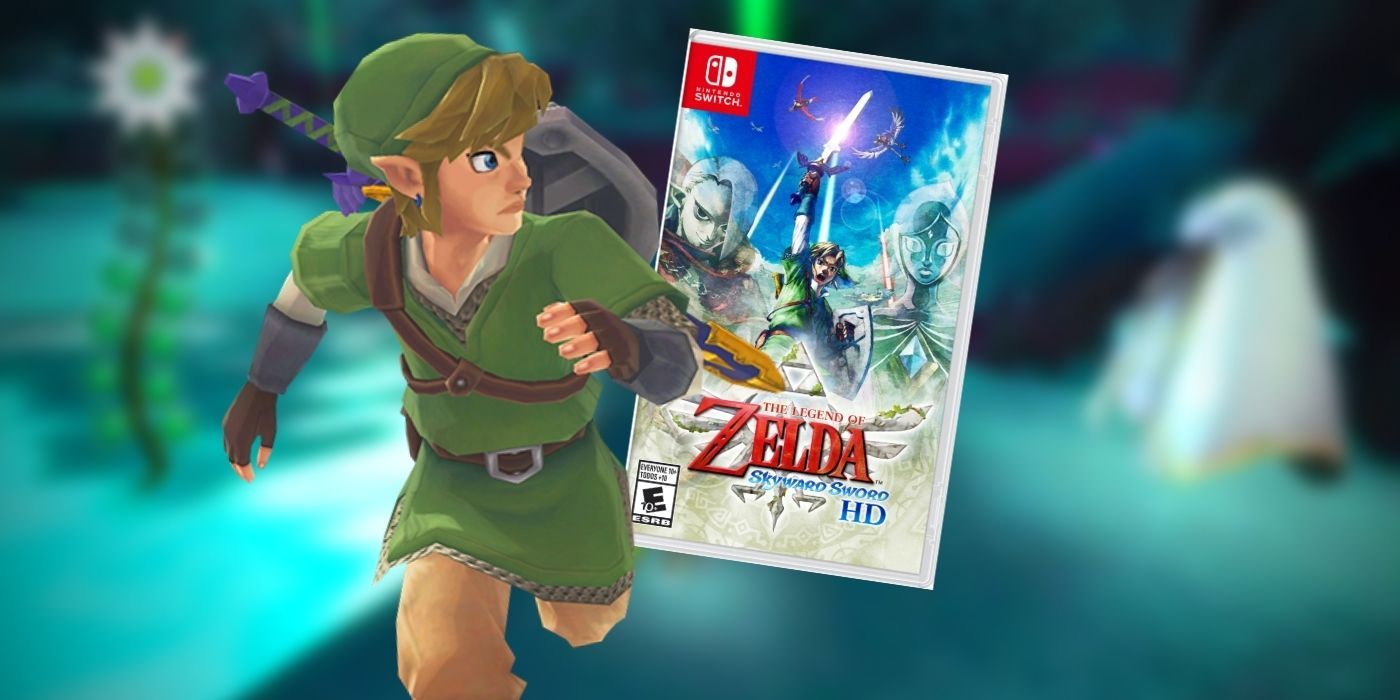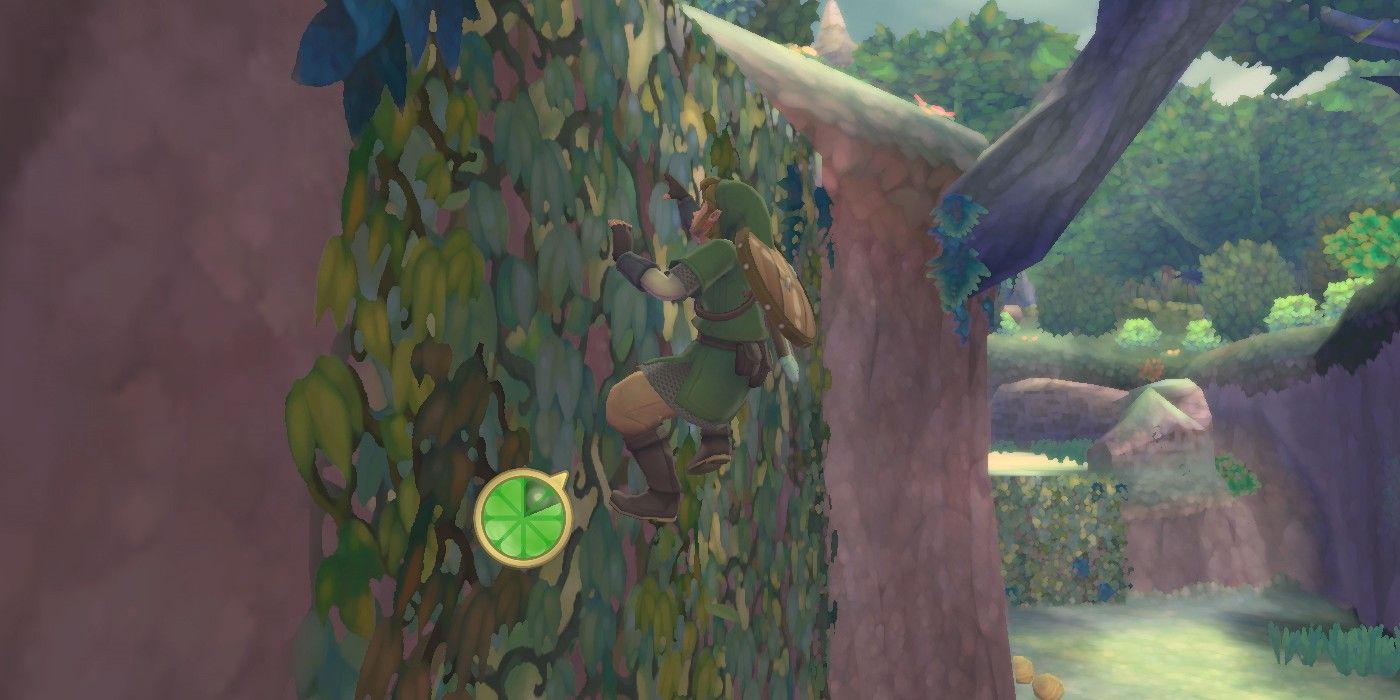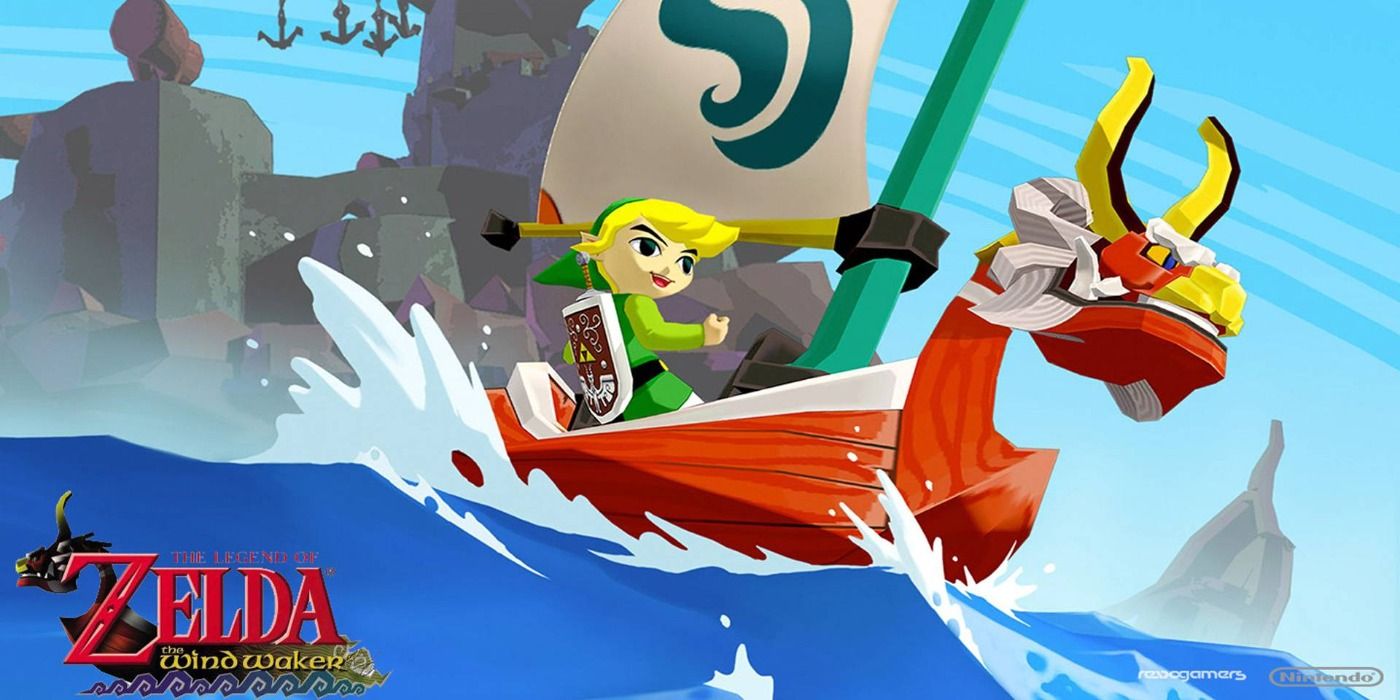Although not often remembered as the greatest entry in The Legend of Zelda series, The Legend of Zelda: Skyward Sword maintains much of the charm that many would expect from the franchise. Its quest is massive, characters are memorable, and music is unforgettable. Now, a decade after its initial release on the Wii, a HD re-release has been confirmed for the Nintendo Switch. This new remaster will have a bevy of improvements, including cleaned-up visuals and the ability to play the game with standard controls rather than strictly motion controls.
However, even with these quality-of-life improvements, there are still some aspects of the original that Nintendo seems to not be preparing to alter whatsoever. While standard controls do smooth out some of the awkwardness, the fact remains many tedious in-game moments are still present in the Switch release. Skyward Sword is guilty of several common gaming tropes that many agree are annoying and tedious. These include repeating boss battles more than once to pad out runtime, as well as cumbersome fetch quests.
Skyward Sword's Silent Realm Missions
The overarching journey in The Legend of Zelda: Skyward Sword is mostly satisfying. For fans of previous games and action-adventure titles in general, it's an experience that has more good than bad. However, there are segments called "The Silent Realm" which are mandatory sets of objectives that bring the pacing to a halt. These moments bring players back to previous locations and task them with finding several "tears" hidden around the area to fill up a meter. A timer is also ticking down, adding further stress to the situation. This isn't even mentioning the player's "dowsing ability" being completely removed, a skill that the game places at the forefront outside of these moments, which helps players locate specific items.
There are four of these "Silent Realm" sections in total throughout the game, with the difficulty raising each time a new one is tackled. These sections are challenging, but many feel not in a good way akin to the difficulty in games like Demon's Souls. The challenge here is related to the tedium and how much it can test a player's patience. With so many of these "tears" to collect in such vast locations, and no way to get a hint where they are all while fighting against a timer and insta-kill enemies, can become infuriating. The changes being added to Skyward Sword HD are welcome, but a few more wouldn't hurt, especially for these kinds of clumsy gameplay sequences. Even something as small as removing the timer or cutting the number of "tears" to be collected would suffice, but there appears to be no such changes.
This repetition also carries into the many boss battles of Skyward Sword. While re-using boss battles more than once is not exclusive to this game, as other entries in the The Legend of Zelda series have done so as well, it is especially apparent here. Players mast tangle with bosses like Ghirahim, the Imprisoned, and Demise multiple times before the credits roll. This wouldn't be an issue if the confrontations themselves were more engaging, like the dogfights against Star-Wolf in StarFox 64. Removing sections like these may prove to be more difficult, as it would break the original vision of the game. However, the aforementioned "Silent Realm" sections seem more doable, especially when compared to the alterations Nintendo made with a prior HD revision.
Skyward Sword and The Wind Waker HD Remaster
The original version of The Legend of Zelda: The Wind Waker was also subject to some extensive gameplay sequences that have been a point of controversy. The main offender is a late-game quest in which the player must sail across the endless ocean in search of eight fragments of the Triforce. The three-step process for this was a burden, as players had to first locate a hidden chart detailing the shard's location, then pay Tingle a huge sum of rupees to translate said charts, and then finally sail to the shard location.
Nintendo listened to these complaints, and when the time came for The Legend of Zelda: Wind WakerHD, appropriate changes were made for this version. To ease the process, only three of the eight need to be located via the charts, whereas the remaining five can be sailed to immediately. This smoothed out and shortened a tiresome section of the game, helping to improve the overall experience. This simple but welcome adjustment came on top of the additional Wii U gamepad functionality and updated graphics.
The changes already in place for The Legend of Zelda: Skyward Sword HD are certainly beneficial, but a few more would not hurt. A little can go a long way, and it is more questionable for Nintendo to have made necessary improvements to a past game yet completely skip out on similar changes to a future one. When the remaster launches in July, it should be a solid addition to any Switch game library. However, it cannot be overlooked that this may be a missed opportunity to make a good game that much better.
The Legend of Zelda: Skyward Sword HD will be released for Nintendo Switch on July 16.

